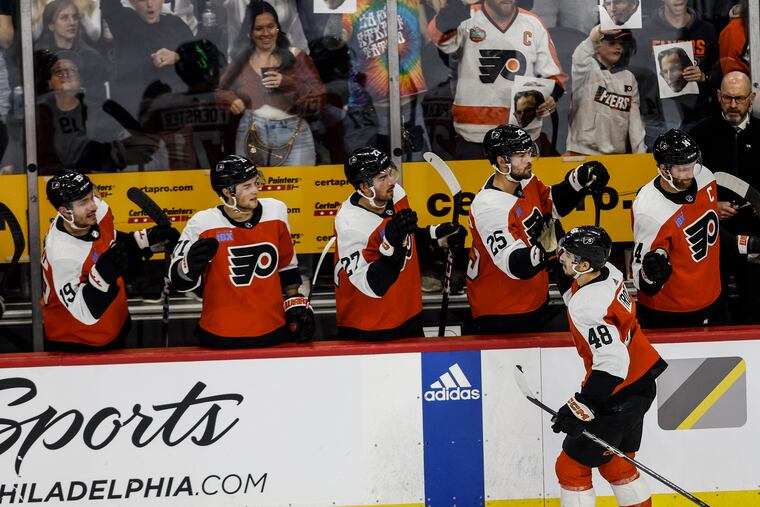The Flyers’ power play still ‘stinks,’ but can they fix it in time for the playoffs?
They have just 16 games left in the regular season to get things on track, and the postseason is where an effective power play can make or break things.

They have just 16 games left in the regular season to get things on track, and the postseason is where an effective power play can make or break things.
